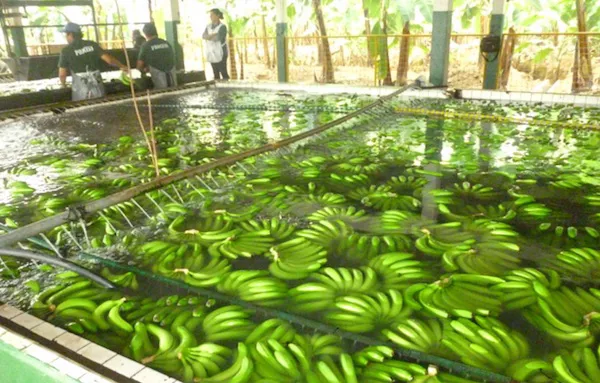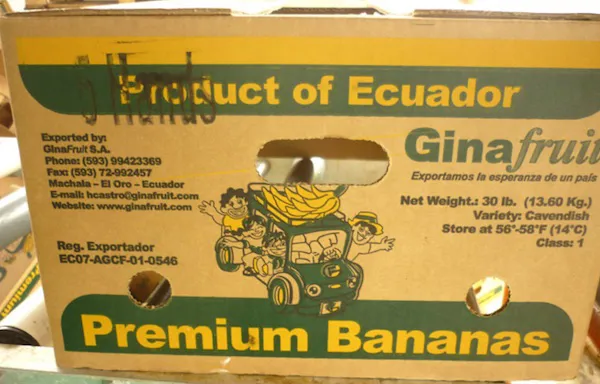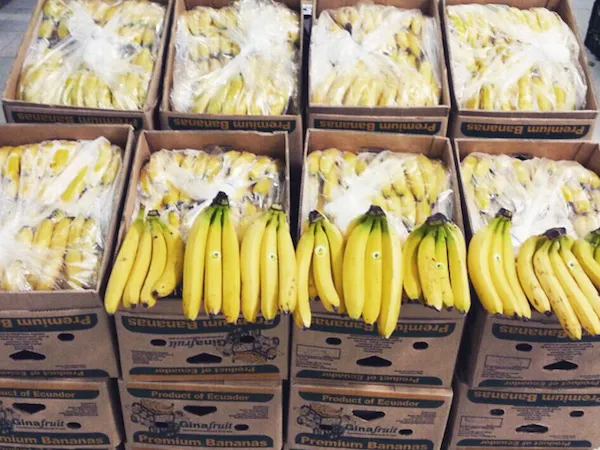The banana market has been seeing low prices as of late, says Ecuadorian banana exporter Hugo Castro of GinaFruit. “The prices we are seeing, and have been seeing in the past weeks, are not what we usually see, they’re not what we hoped for or forecast. We have also had to absorb a lot of additional costs due to changes and challenges brought on by the pandemic. But the banana exports continue on and haven’t stopped at any time throughout the pandemic, which is something I would call a huge success. We’ve all come together as an industry: the producers, exporters and even the government, and fought through the challenges.”

Decreased demand, increased costs
Even though the pandemic has created many challenges for producers and exporters alike in Ecuador, Castro sees it as a victory that exports never stopped. “Though the volumes did decrease by about 18-20%,” he says. “This is because of everything that was shut down due to the pandemic, which decreased the overall demand: restaurants, smoothie shops, cake shops, hotels, and the entire tourism industry all receive a good chunk of the banana sales. In addition to this, the schools also usually absorb good volumes of bananas through government feeding programs for the students which was stopped for a while. There were also borders which were closed down, which made everything pretty challenging. The exporters always take risks, and demand can always shift, but this year, this situation was completely unexpected.”
The banana industry had to deal with many new challenges due to the pandemic. Logistics became more complicated and the cost of production for the bananas has increased. Castro explains: “We increased our worker’s wages to incentivize them to continue coming to work, despite the risks. Then of course there’s extra safety procedures to help keep the workers safe. Transportation got more expensive too, and while we didn’t see a shortage of available containers, we did see a shortage of laborers who prepare the containers, so this ended up delaying and complicating the transportation. The transportation for the actual workers was also difficult because a lot of workers come to the farms by bus and these busses weren’t running anymore so the overall restrictions on human movement made labor more restricted.”

2020: A year for survival
Overall, with the increased costs and the decreased prices, this year is a year that is geared to survival rather than expansion or profit, says Castro. “We need to make strategic decisions this year and make long-term investments that will help us get through this situation as an industry. For us at GinaFruit, we’ve fortunately been stable: we’ve followed all the new market rules such as the MRL regulation changes in Europe, the phytosanitary changes in Russia and the new requirements set by China. We’ve made the right decisions to keep everything running and are focusing on our existing customers this year. We need to help each other and get through this together: right now, teamwork is one of the most important concepts for the industry as a whole, at each step of the supply chain,” Castro concludes.

 For more information:
For more information:
Hugo Castro
GinaFruit
Tel: +593 999423369
Email: gerencia@ginafruit.com.ec
www.ginafruit.com.ec
